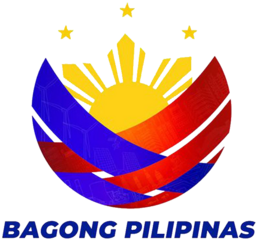Best practices of tilapia hatcheries and nurseries in Laguna and Batangas were shared to the public through the webinar conducted by the Department of Agriculture-Bureau of Agricultural Research (DA-BAR) on 27 May 2021 via Facebook live.
Dr. Ma. Theresa Mutia, chief science research specialist at the DA-National Fisheries Research and Development Institute (NFRDI), discussed the initial results of their project that aimed to ensure a sustainable quality seed stock of tilapia.
Five hatchery cooperators and five nursery cooperators were trained on tilapia hatchery and nursery operations through this project funded by DA-BAR. The package of technology, proven to be technically and economically feasible, was developed by DA-Bureau of Fisheries and Aquatic Resources (BFAR) and Southeast Asian Fisheries Development Center.
Dr. Mutia shared the best practices that were identified by the cooperators themselves.
First, using a hand tractor in pond levelling is more efficient than using an animal drawn plow. This reduces the length of time from two days to three hours thereby lessening their expenses and maximizes their productivity.
Second, applying teaseed at 50 kilograms per hectare reduced the occurrence of pests in the pond. The cooperators noticed that it was effective in managing the pests compared to when they were using a prohibited pesticide.
Third, following the right dosage of lime and fertilizers improved the growth of natural food and overall condition of the pond. The cooperators, in the past, were not following the correct amount and relied on estimating the amount needed.
The next steps, which the cooperators are already practicing, include conditioning the breeder early in the morning; selecting and pairing healthy breeders which follows the sex ratio of one male is to three female breeders; and collecting fry using a fine mesh scoop or seine net for three to four times a day.
This is followed by stocking the fry with proper acclimatization for at least 10 to 15 minutes in
the morning or until the fry has adapted to the temperature.
Next is harvesting fingerlings early in the morning or late in the afternoon. Harvested fingerlings must be properly sorted before packing.
Dr. Mutia shared that previously the cooperators were not keen on doing meticulous record keeping. Through the project, cooperators realized the importance of good record keeping especially in terms of monitoring their expenses.
“Ang record keeping ay isang paraan para ipaintindi sa kanila na ito ay kanilang negosyo,” she added.
Lastly, ensuring that they have buyers before stocking the breeders and maintaining a good and harmonious relationship with their farm workers.
Dr. Mutia ended her discussion by emphasizing that smallhold fisherfolk can always seek assistance from DA-BFAR and DA-NFRDI as well as other DA offices.
“Public service po tayo so anybody can avail or ask for assistance sa ating mga opisina,” she said.
Attended by 120 participants, the webinar is a monthly activity of the bureau to disseminate technologies and breakthroughs in agriculture and fishery research for development.


